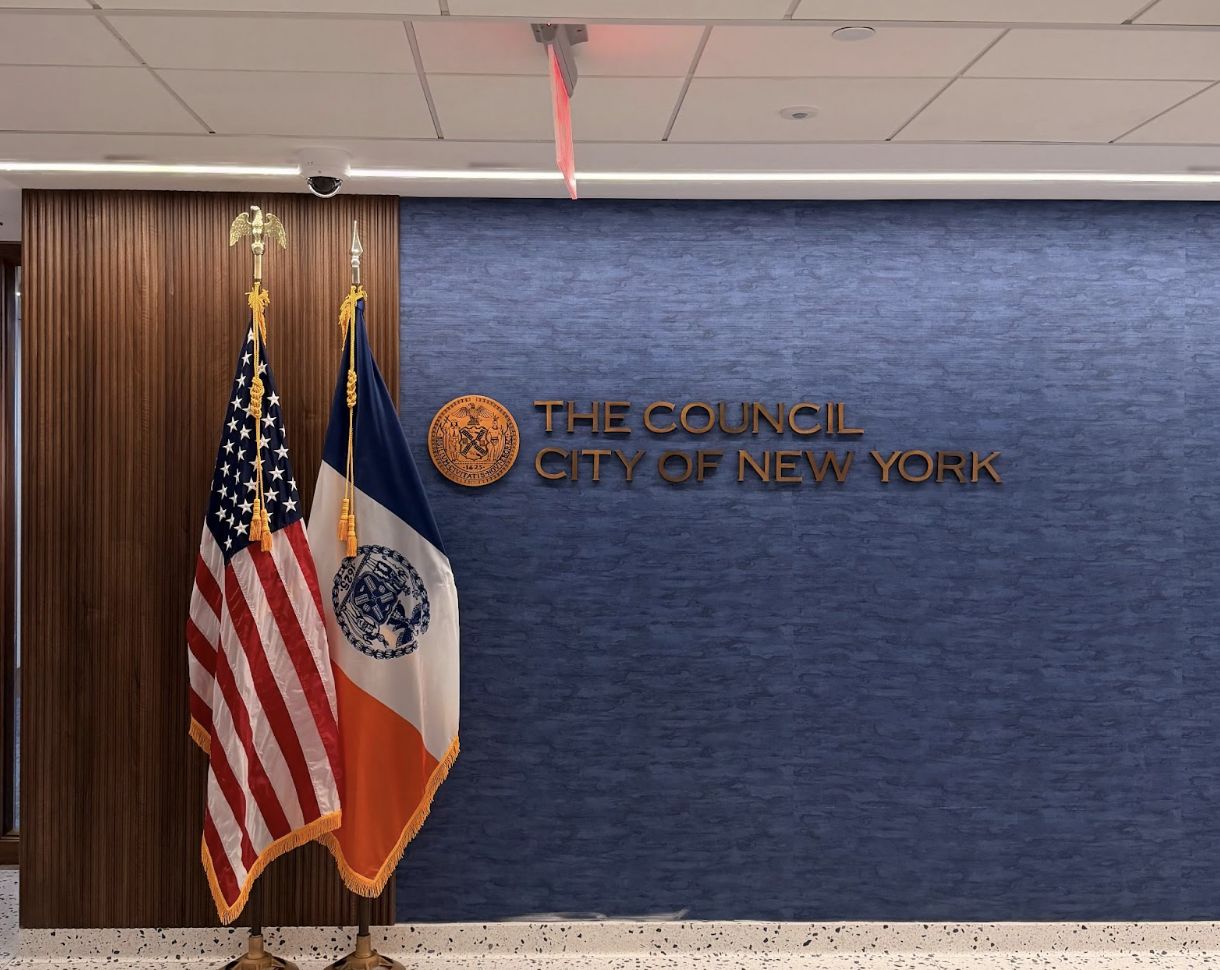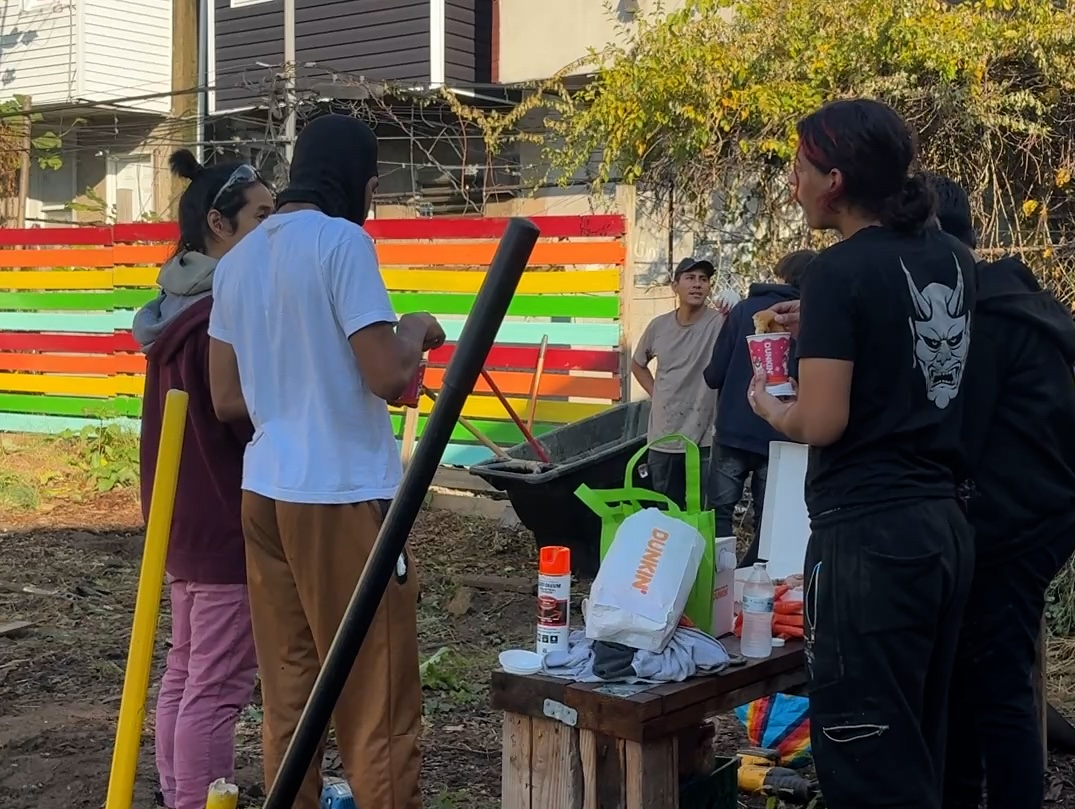(DENVER) — Dianne Blomberg is a successful essayist and author who started writing children’s literature in 1999. She lives in Denver, but her grandson is based in Florida. The best way she could think to bridge the distance between them was to write him a children’s book. Since then, she’s become a successful children’s author. The Click caught up with Blomberg to learn what it takes to break into the world of children’s books.
The Click: What has your journey looked like with authoring children’s books? Your first book is based on your grandchildren, right?
Dianne: Yeah, I did. My first book, “Sam and Gram and The First Day of School,” was published by Imagination Press. I started writing children’s books, specifically this one, because my grandson was born in Florida and I lived here. I told my now late husband, “He’s just going to know me as the funny lady who lives where it snows. I want to have something that he can connect with me every day.” So my husband said, “Why don’t you write him a little story? You’re always writing stories.” So I did and he thought it was a good story and I sent it off and it got published. It was published in 1999 and translated into several languages. Imagine Press just put it out of print last year at the end of 2021, which is really unusual. Usually, children’s books are in print for about 3 years, maybe 4 if you’re really lucky.
The Click: Besides your grandkids, what else inspires your stories?
Dianne: You know, I’m really inspired by what I see around me. So for example, right now I’m working on one called The Wagon. I live in an urban setting, in Denver. I’m in a condo on the first floor and across the street, there’s a guy who lives in an apartment with two little kids. Every day, he takes them to school in the back of a wagon and then he returns with the empty wagon. Wouldn’t it be interesting if that wagon had its own adventures?
So, I have this story of the wagon that rolls down the stoop, and it goes off on its own adventures. Then it comes back in time to get those kids to school. It’s all based on observation from my office window. I take a million notes and I write down the observations. Then I wait to see what kind of sensory feeling comes forward.
The Click: Are there any rules unique to writing children’s books?
Dianne: Yeah, that’s a really good question. It has changed over the last 27 years. It used to be that your manuscript was about 1500 words. Now, you wouldn’t dare submit a manuscript with more than 500. That’s the number one thing, the fewer words, the better. Unless you yourself are an illustrator, and I am not an illustrator, you always work in tandem with the illustrator. The publisher assigns the illustrator to you. Now, we rely more on our illustrations than we ever did before because we can only say about 500 words. Many times the manuscripts that are purchased are around 350 to 500 words long.
It’s challenging to create an entire story arc, to create characters little ones care about. And then to have a remarkable conclusion and to do that in 500 words. I usually write about 1,200 and then I go in and I edit it down to 500.
It used to be that you never put in illustrator notes. It was almost an insult. Now, it’s very common to have illustrator notes because I want that Illustrator to know that on this page. For example, when Mary Lou walks into the room, there has to be a cake on the table and it has to be made of garbanzo beans. I can’t have Mary Lou say, “oh my God, there’s a cake made of garbanzo beans!” because I just wasted too many words. So that’s unique in children’s writing.
The Click: What is it like working with illustrators? Do you have any input on the art?
Dianne: Not a lot. Each of us is a separate professional. Now, there are some things for example, in Max and the Mysterious Noise, it was really important to me that the princess be a Black girl. So when the illustrator first created the work, she wasn’t. I wrote back and said no, it’s very important that Max, who’s our main character, solves the problem with a Black female. They said okay, and then her whole look changed. If it is substitutive to the story’s meaning, you can interject.
The Click: Was it difficult for you to find a publisher?
Dianne: That was hilarious. Everything that I do in writing, I have no idea what I’m doing because my Ph.D. is not in writing, and I don’t have an MFA. I taught college writing, which, you know, is not the same as children’s books.
I had to learn by just jumping in and doing it and then figuring out what I don’t know and then going to find out how do I do this. I came up with the story, and pretty much wrote this story. It worked in my head for easily two months. And then one night, I sat down, and I wrote the story. Then I made probably like 25 edits. I started sending out queries to publishers and I received nine rejections. Then I received a letter from Imagine Press and it said, “We are delighted to tell you that we would like to publish your lovely book.” I remember sitting at my kitchen island and crying and laughing at the same time. I was just like, oh my God, somebody wants my work.
But I didn’t have an agent. I didn’t know you were supposed to. Not knowing what I’m doing has been helpful for me because I have no barriers. Nothing around me says what I should do because I don’t know. I didn’t have an agent but they sent me a contract. Well, I didn’t know what to do with the contract. So, I quickly went out and bought a book called, “How To Be Your Own Literary Agent.” I read that book. I highlighted things,
Eventually, I negotiated the contract, and I did a decent enough job because when it came to foreign rights, I ended up making more money on the book with its translations than I did with its American release. Then later, I found out that only 1% of non-represented manuscripts are ever published. Well, had I known that it could have caused me to have some concerns.
The Click: Do you have any advice for people aspiring to write children’s books?
Dianne: It’s going to sound just really boring and old-fashioned, but write all the time. You should write every day even if you can’t write every day. That means observing, taking notes, making specific notes on sensory reactions, etc. And then organize those notes. Like I organized mine on note cards. Some people prefer using notes on their iPhones. But keep yourself organized and then submit, submit, submit. Rejections are irrelevant. They only mean that you’re trying. So do not stop submitting your work! If you want to get published, you have to be out there. Attending conferences is important. Put yourself in the presence of other writers. Belong to a crit (critique) group, but don’t hide there. It’s really easy to belong to a crit group that spends all kinds of time critiquing each other’s work but never gets anything published. If you can afford it, hire a developmental editor (an editor that guides the author to find the focus of the story, spot inconsistencies, and ensure strength in writing,) because they will often be able to get you from where you are to an elevated level of publication.


